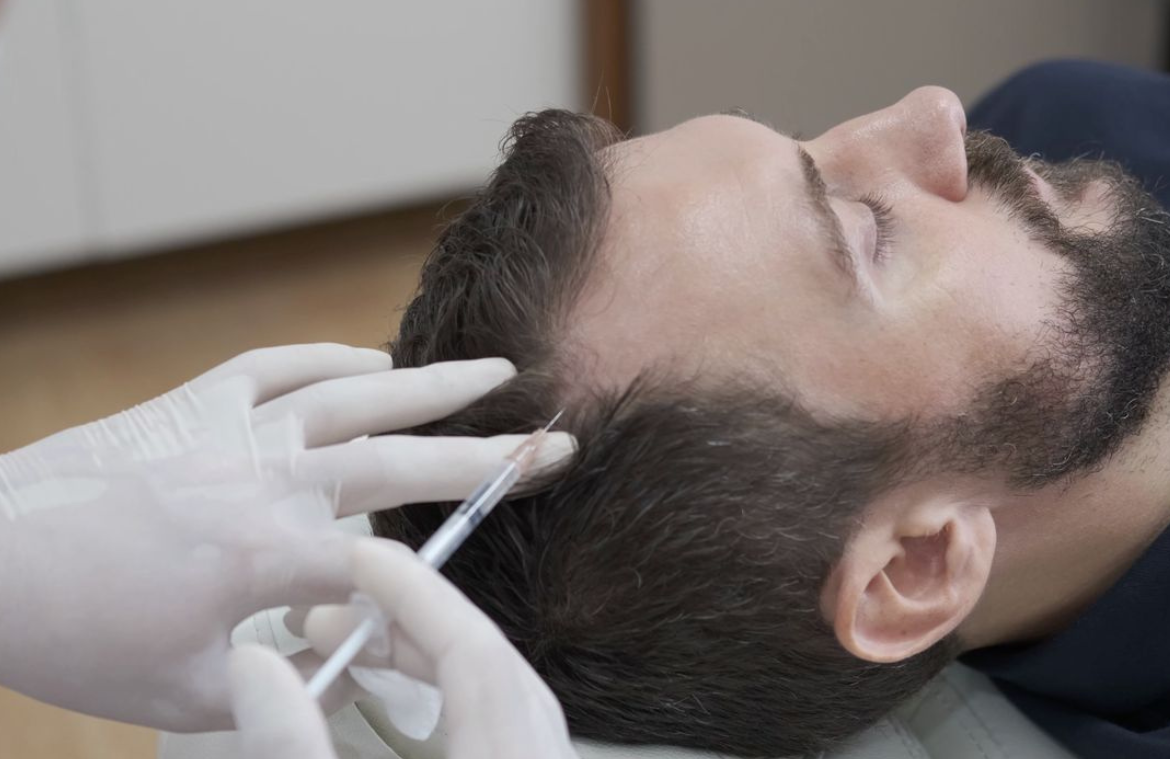
Platelet Rich Plasma (PRP) therapy is a medical treatment that utilizes components of your own blood to promote healing and regeneration. It’s used in various fields, including orthopedics, dermatology, and cosmetic procedures. Here’s a detailed overview of PRP therapy

PRP therapy involves the extraction of platelets from a patient’s own blood and their concentration to deliver growth factors to the area being treated. Platelets are blood cells that play a crucial role in healing and tissue repair.
PRP therapy involves the extraction of platelets from a patient’s own blood and their concentration to deliver growth factors to the area being treated. Platelets are blood cells that play a crucial role in healing and tissue repair.
2. How PRP Therapy Works
- Blood Collection: A small amount of blood is drawn from the patient, typically from the arm.
- Centrifugation: The blood is placed in a centrifuge, which spins it at high speeds to separate its components. This process isolates the platelets from other blood cells.
- Preparation of PRP: The platelets are concentrated into a small volume of plasma, which is then prepared for injection.
- Injection: The PRP is injected into the targeted area, such as a joint, muscle, or skin.
